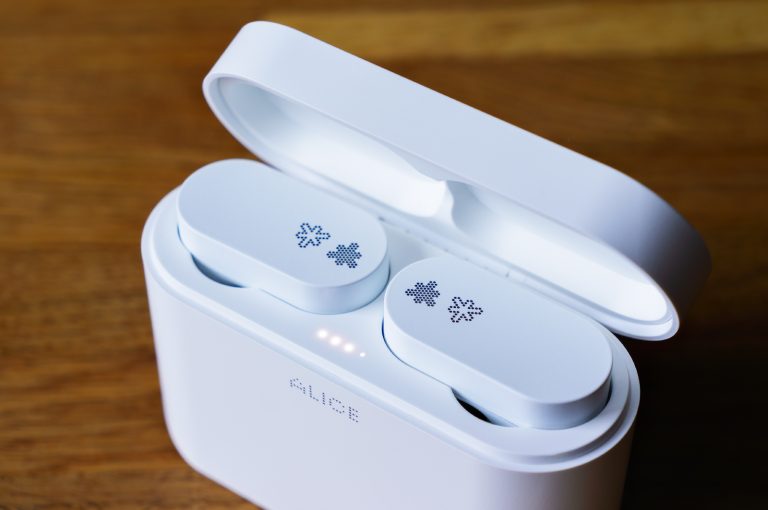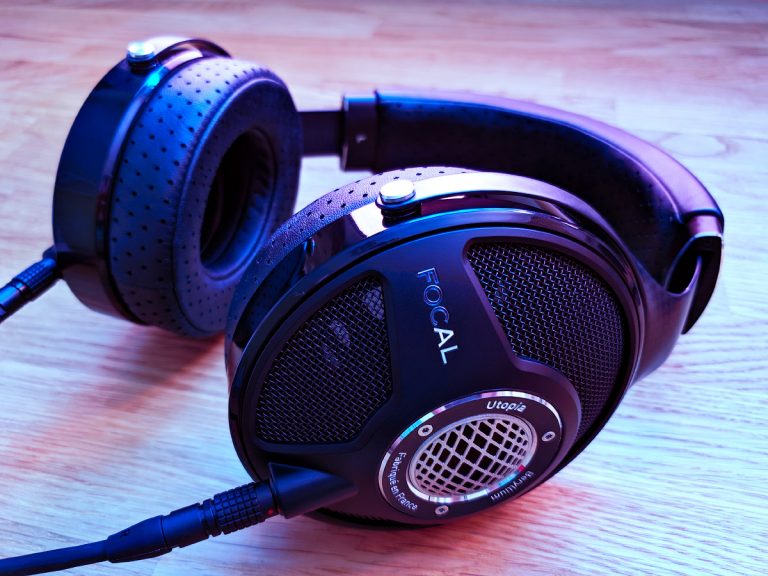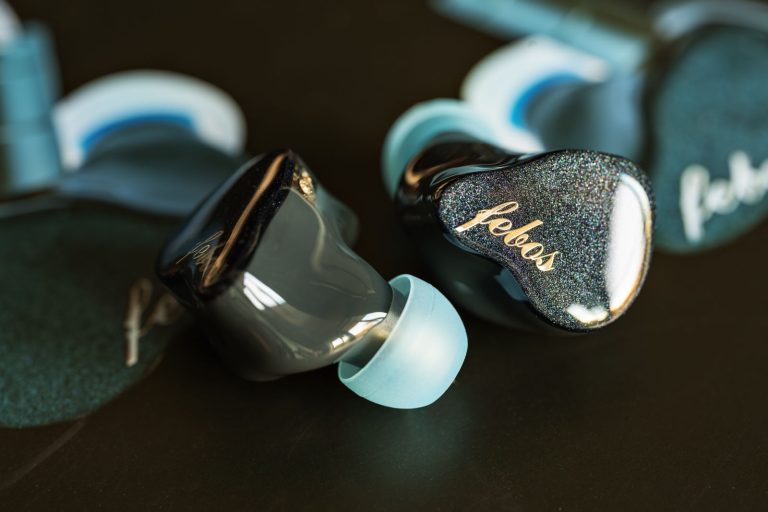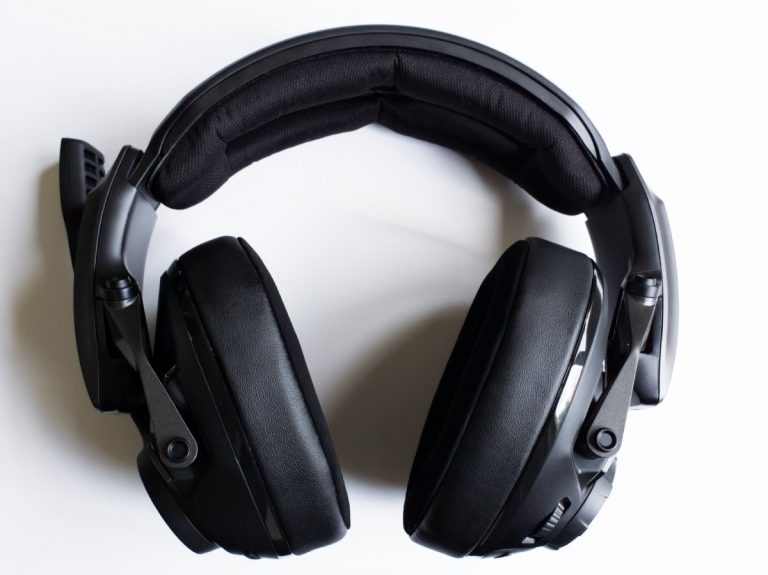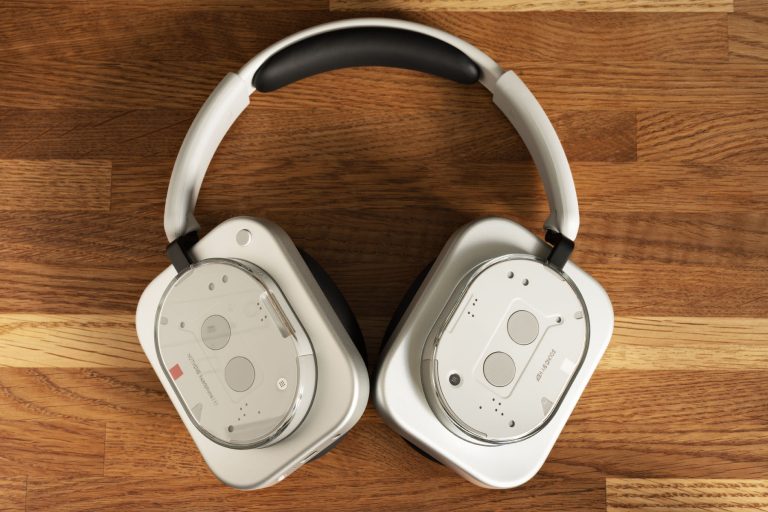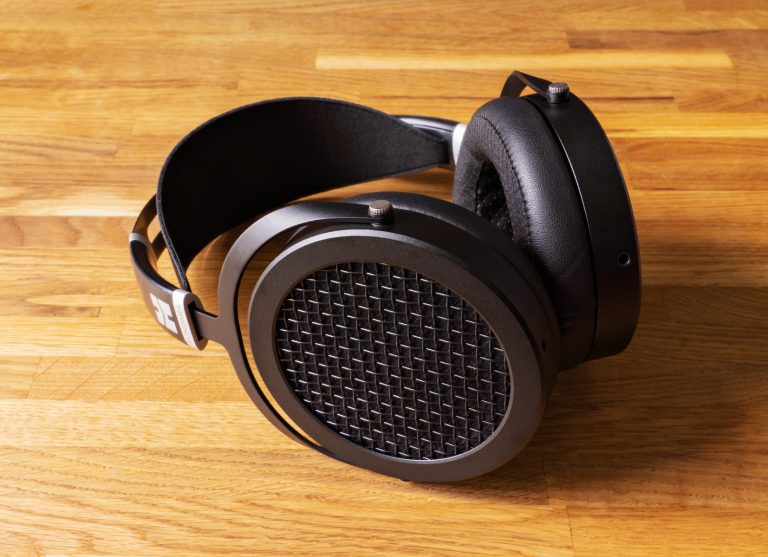Kennerton Heartland: a pre-review. Tell me your price…
As soon as I managed to find some time (and as the guys have said they’re ready for my awesomeness), I rushed to the Kennerton office to try the two of their new models – the Heartland and the HORS. By the way, there’s a decent listening room now in their office, which is great.
So! I’ve tried the Heartland and asked… no, plagued the guys to lend those to me to try more and listen to and ultimately to write a pre-review. A draft of a review, if you want. An express review. Huge thanks to Kennerton for this opportunity, because the model isn’t even in serial production yet and is still actively shown off at different exhibitions as a prototype.
Actually, in this article, I’m going to tell you why I chose the Heartland and what kind of headphones they actually are.
And, once again (and it’s really important): this specimen I’ve had the opportunity to touch, listen to and review, is a prototype, not the final released version.
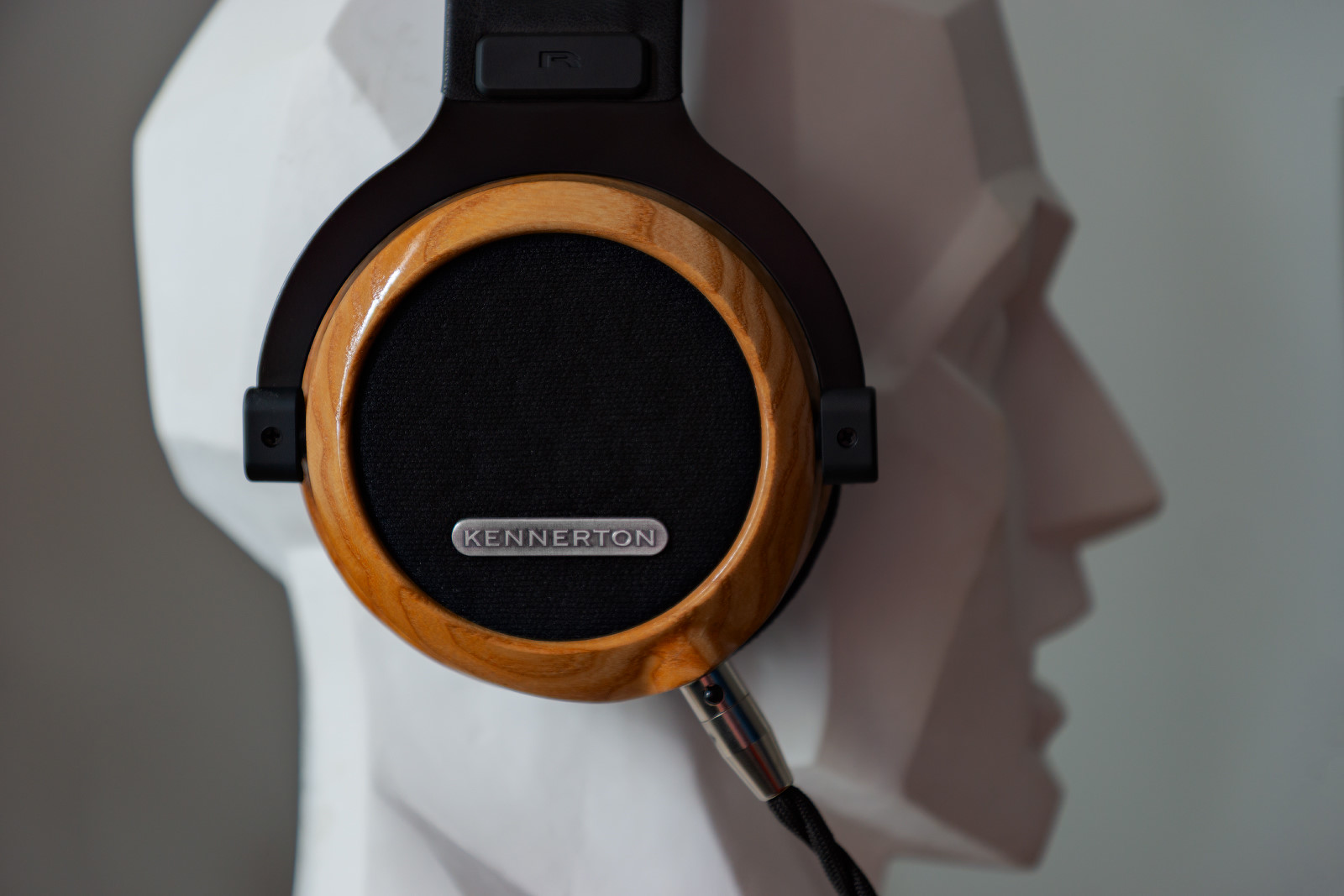
Design, ergonomics
The Heartland are based on the Kennerton’s common self-adjusting headband and rounded wooden earcups – as in most of the company’s models. The headband frame has an additional overlay preventing any unintended resonances and the metal arcs ringing.
The earcups themselves are quite thin, covered with acoustextile on both sides.
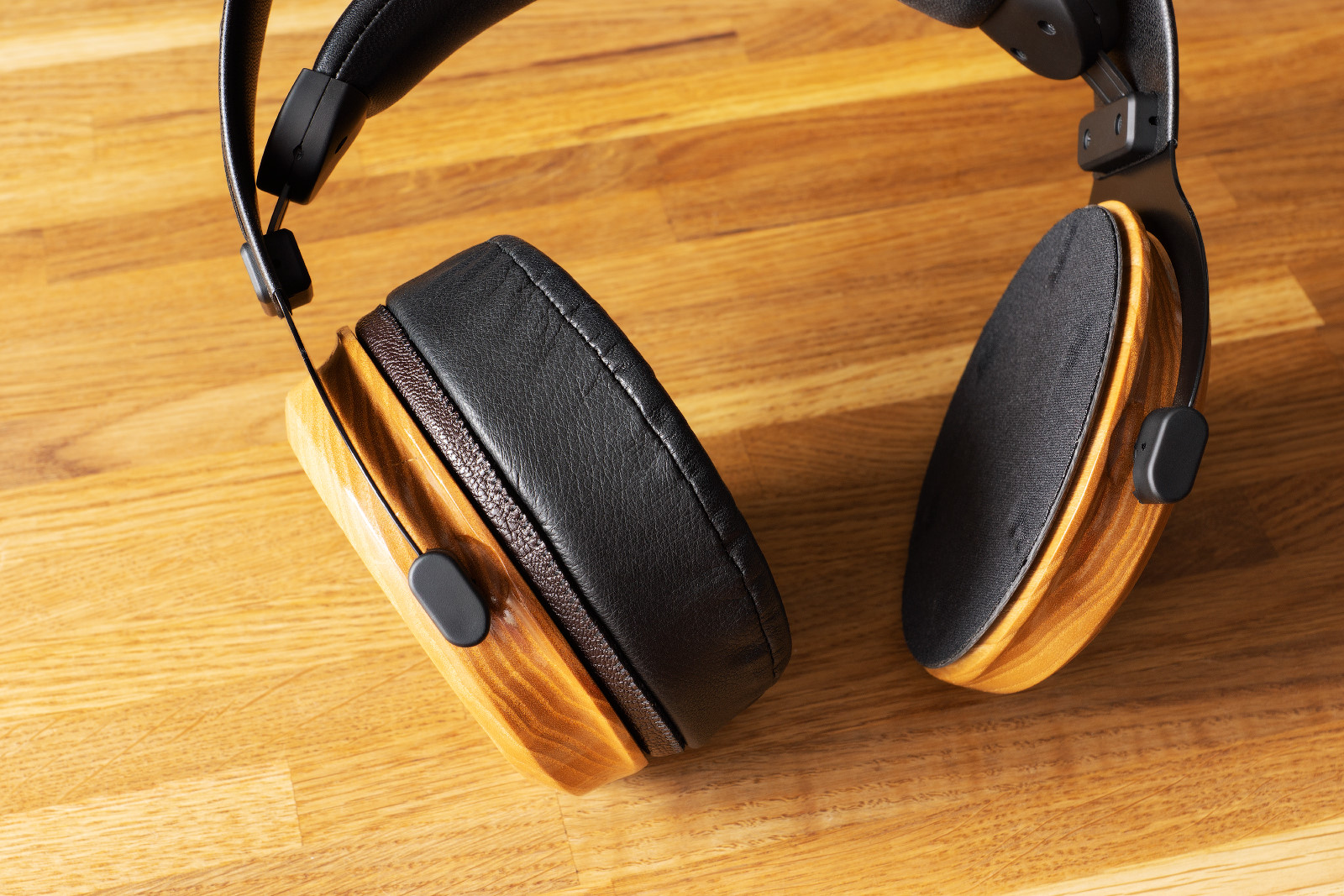
The regular earpads are perforated inside and out; their depth is almost 4 cm at the widest point. They have foam with shape memory inside – with a thin leather shell.
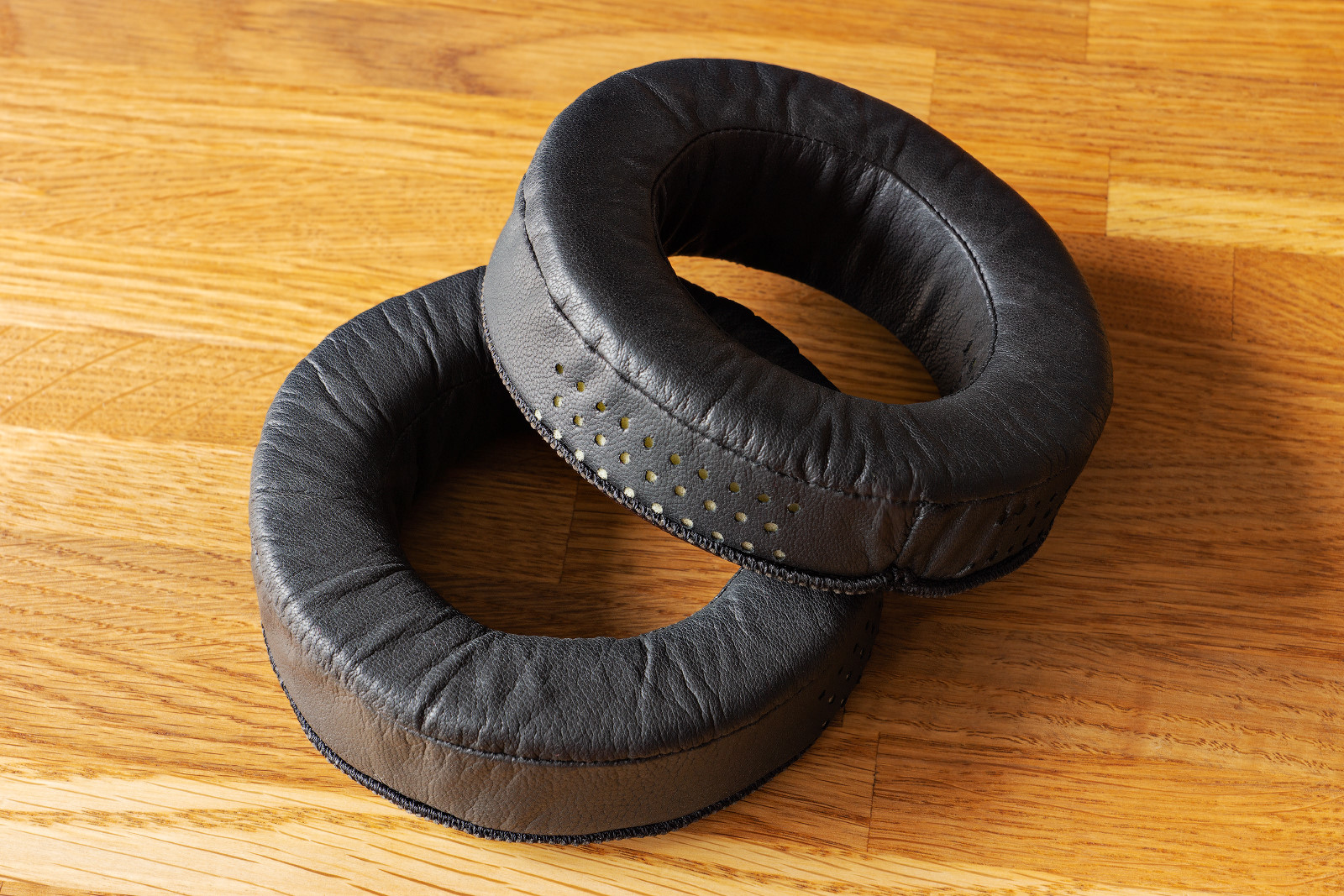
Most of the earcup outer surface is covered by a fabric overlay, which doesn’t actually conceal the outlines of a honeycomb frame.
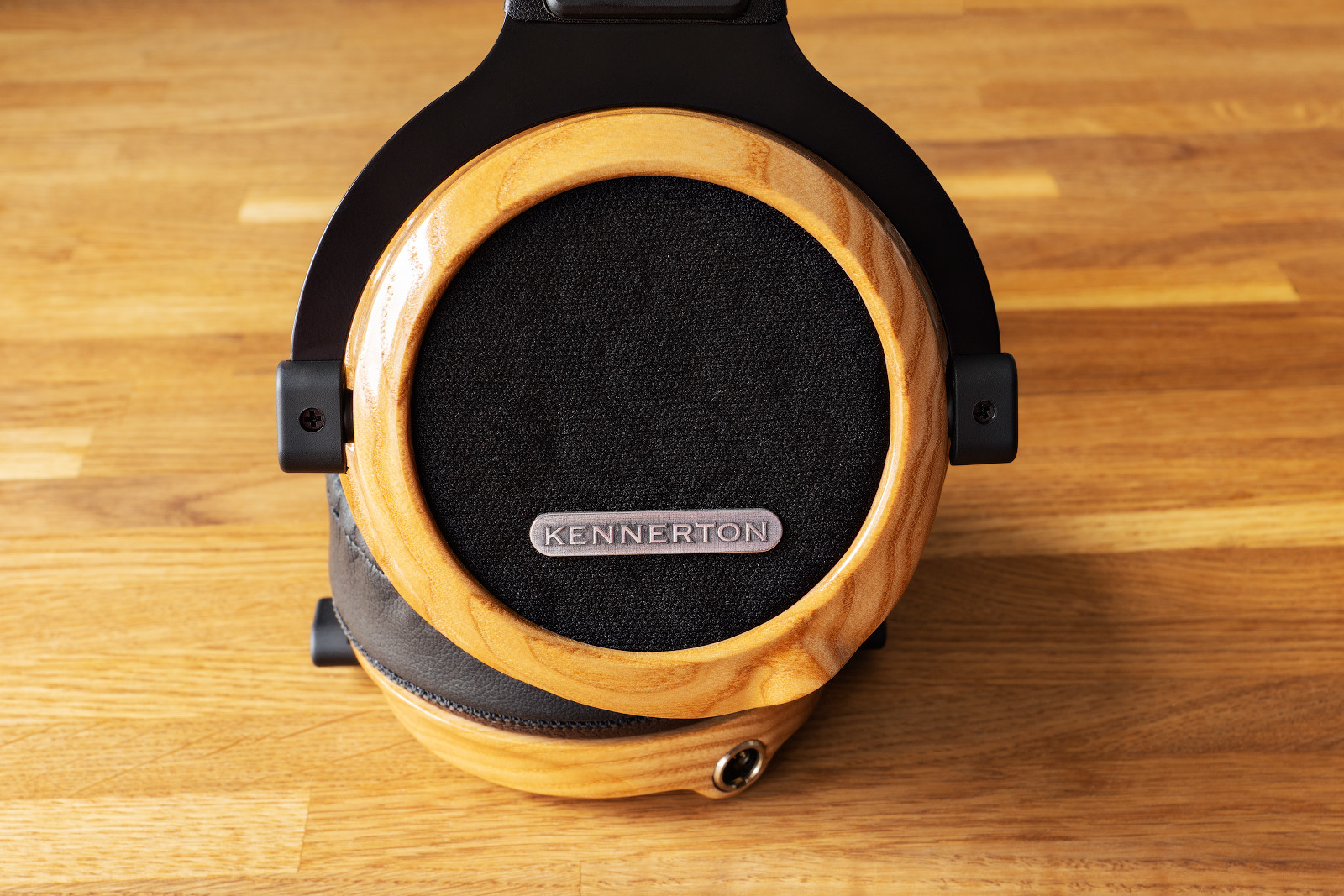
The connectors used are the miniXLR ones.
The ergonomics… Well, I should tell that the Kennerton definitely didn’t aim to make some featherlight headphones. The Heartland don’t feel bulky, but they’re heavy anyway. But only when you hold them in your hands. Once on your head, the comfortable fit does the magic: the headphones’ weight is so evenly distributed you actually forget you’re wearing them. Almost immediately. Like your head always was that big and… odd. Next thing is the earpads – they’re just incredible. So thick, so soft, and in combination with a properly adjusted pressure against your head, the headphones feel great. No excessive pressure or too much looseness. Imagine all headphones in the world just have such earpads one day… Oh yeah. Things to ask from your local Santa.
Quick specifications overview
- Design: over-ear, open-back.
- Driver type: isodynamic, 80-mm membrane diameter.
- Impedance: 42 Ohms.
- Sensitivity: 112 dB/mW.
- Weight: 425 g without cable.
Subjective sound impression
Before we dive into what I’ve heard in different sections of the frequency range, I’d note that the Heartland’s sound delivery is very difficult to break down, to divide it into the lower, the mid- and the top range sections. It’s just monolithic, very integral.
The subbass is even and starts right at the 20 Hz without any ‘I think I can hear it’ or ‘Well, if you listen closely…’. To my ear, it doesn’t dominate in volume over other range sections, it doesn’t mumble, doesn’t hum and isn’t actually present in tracks where it wasn’t originally there. At the same time, if the track was originally recorded with some subbass, then buckle up! It’s there in its full glory! Like in ‘The Sun’ by Parov Stelar, for example. It’s just an ideal setting giving a sense of balance and high speed of the ultra-low frequency range component. The bass, like subbass, is fast and sounds just where it should. If you like it when it BASSes, then it may seem a bit pale… But believe me, it’s just some evenly sounding bass in its intended place. The mid-range is a diamond, a trump ace, the most wanted treasure of all the treasures the Heartland have to offer. The clear and detailed mid-range frequencies make you fall in love with themselves like immediately, from the very first seconds of listening to anything. Literally anything. I bet you didn’t know that there are certain spatial delights and decisions in that poorly mixed ‘Nookie’ by Limp Bizkit? Or did you know there’s actually a chance to make out the lyrics in Saor’s tracks? Try the Heartland. Dreams come true and all. Revelations in every second. The higher frequencies seem to be uniformly and thoughtfully reduced to the point where there’s no sound brightness or sharpness perceived, but not a single nuance of the track escapes from, let’s say, the listener’s ‘sight’. The ultra-high frequencies don’t sport any sharp peaks or wider areas accentuated in volume in principle, but these still give that feeling of hearing more than usual. More than with other headphones. And without ringing and rustling. Amazing, huh?
Plus some pronounced extended aftersounds, and a sense of space in depth and width, and a rich stereo panorama. What’s kind of uncharacteristic of the Kennerton creations, is a very neat and distinct positioning of the instruments.
I’ve been trying and trying to find the right words to formulate my subjective impression of the Heartland’s sounding in a way to correctly convey the accents and not to miss anything significant. And now, after many hours of listening to a large variety of music, I’ve finally come up with the following wording: take a fairly even sound delivery without any tasteful hues, with a very clear mid-range, spice this up with some great dynamics and high resolution, cut off all ringing, crackling or rustling – that’s the Heartland.
And these are by far the best Kennerton headphones, that’s what I think. And just great headphones in general, among all brands.
In competitive video games – and I’ve spent about 20 hours playing – the Heartland are also a great match: in PUBG, Escape from Tarkov and CoDuty Modern Warfare II Warzone 2.0, you can play with your eyes closed, and this is almost not a metaphor.
Preliminary measurements
To make measurements, the headphones were connected to the RME ADI-2 DAC in the ‘High power’ mode. The measurements were made using a rig conforming to the IEC60318-4 standard – with an auricle and auditory canal simulator. The smoothing is indicated on the graphs. I’ve described the limitations of the rig and the headphones measurements in general in this article.
Let me remind you once again: the measurements are preliminary, and we’re taking those from a prototype. The smoothing is a 1/3-octave one, that is, it’s only suitable for getting a general idea of the frequency response.
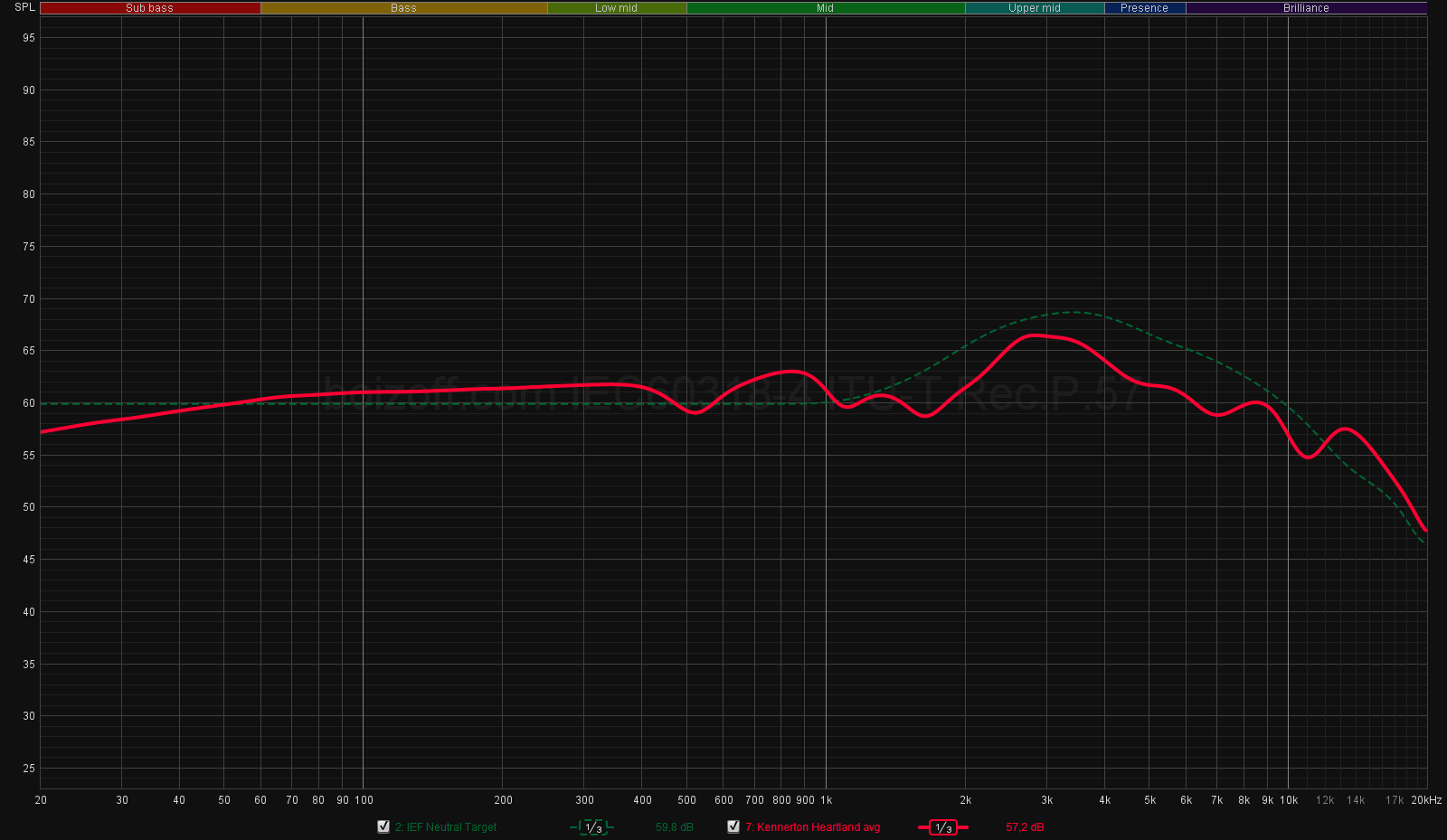
The measurements show an even frequency response from the subbass to the lower part of the middle range section with a slight emphasis at about 850 Hz, then a very regular-shaped curb in the upper part of the middle range section, evenly lowered relative to the standard IEF curve. There’s also a tiny emphasis on the ultra-high section starting from 13 kHz and beyond.
Summary
As you may probably know, I’m not a fan of the Kennerton headphones and their sound properties. I really like the company, though, the guys, their approach to how the new models are developed, but their headphones – nah, not exactly my type. I actually don’t like some of their models! The Rognir, for example.
…This was the situation before the Heartland popped up.
The Heartland don’t try to hit you with their dash or thunderous sound delivery as the Gjallarhorn model. They don’t have that special airiness and microdetality as in the Vali headphones. The Heartland attach the listener in a different, much more intelligent way – they present the recordings very closely to the original idea, but always dynamically, carefully ‘broadly’ and in a very balanced way – not wearing out your hearing! Not even for an ounce! And this is absolutely true for any music, any listening time and, what struck me most of all, for any volume level (I mean, the level you can withstand).
The Heartland are just incredibly good. I’ve never ever said such a thing about any of the Kennerton headphones, and here it happened, and it’s fantastic! I’m extremely happy to say that the Heartland are GREAT!
These are unique though versatile headphones suitable… yes, for anything – just everything! It’s worth noting, though, that the Heartland may not be absolutely ideal for rap or hip-hop (if taking into account the way it’s now normal to mix certain genres). And maybe it’s not a bad thing, after all 😉 In the 2 weeks that I had them, I practically didn’t pull them off my head. I’d shower with them on, if I could. If you remember, I own the Focal Utopia and the Meze Empyrean, but here I am, absolutely in love with the prototype model! A prototype, which, as I was hinted, is going to have some more improvements in the near future. Get out of town!
Given all that, a very serious question arises: dear Kennerton, how much money do I have to save up to buy the Heartland? I want them. Badly.

